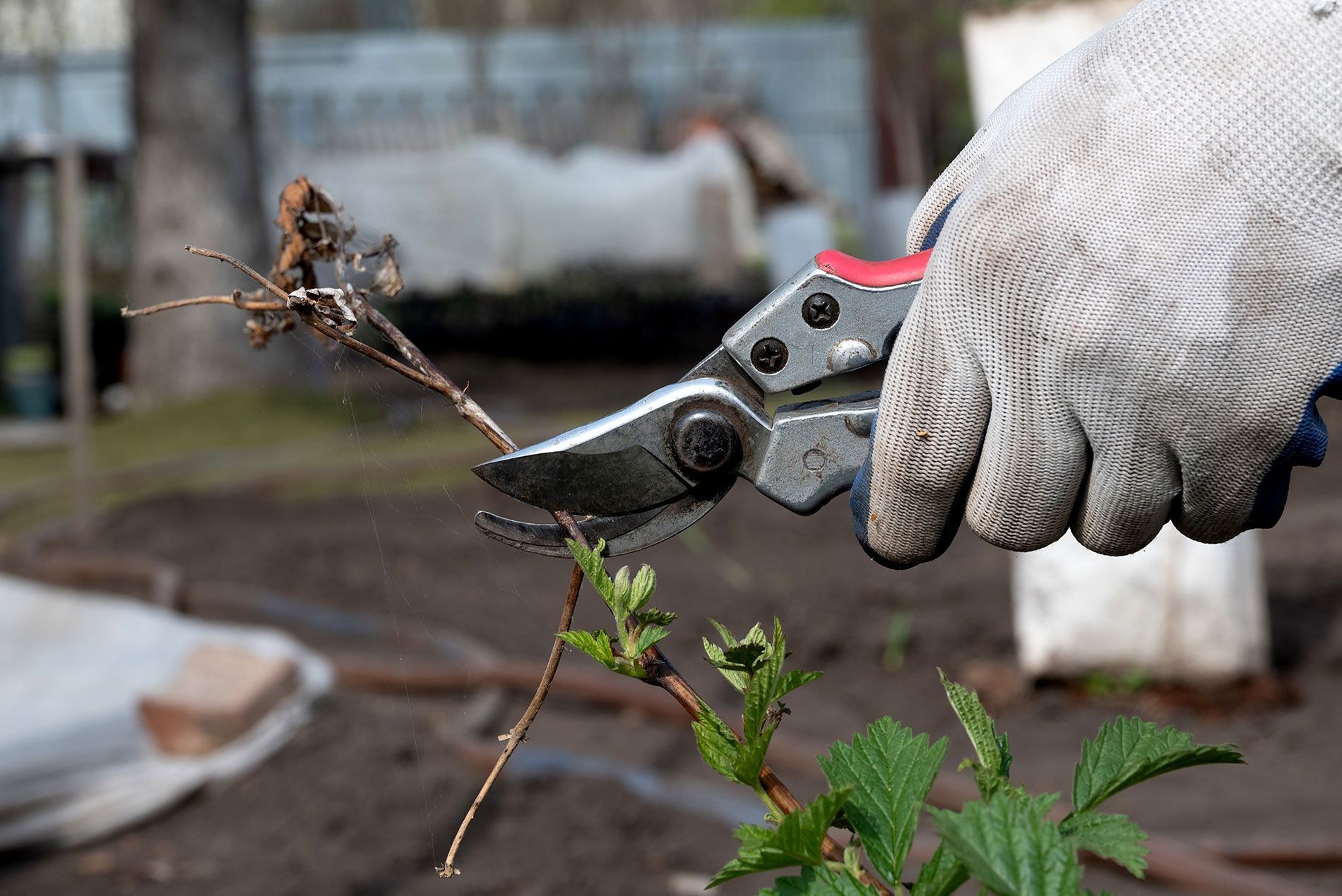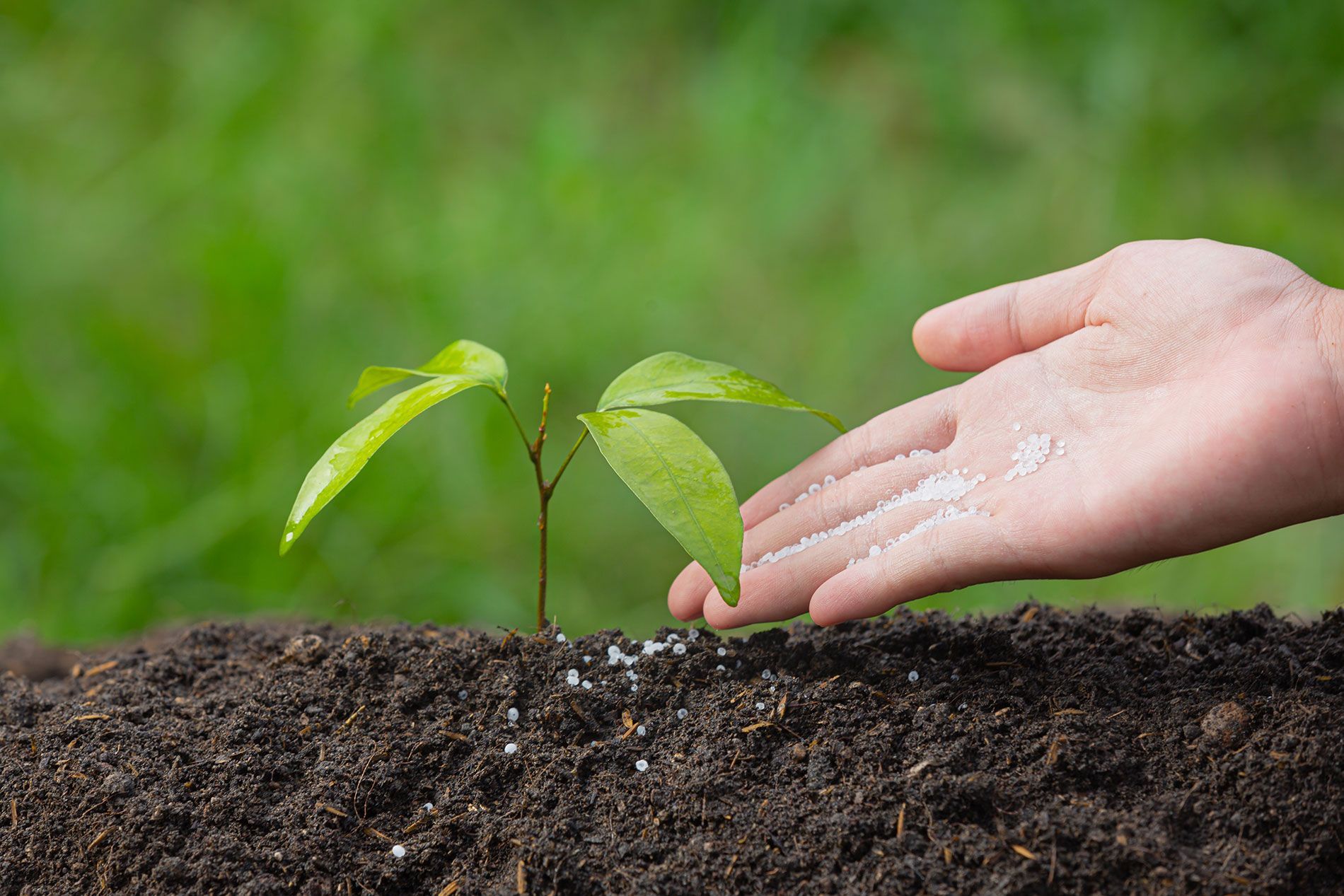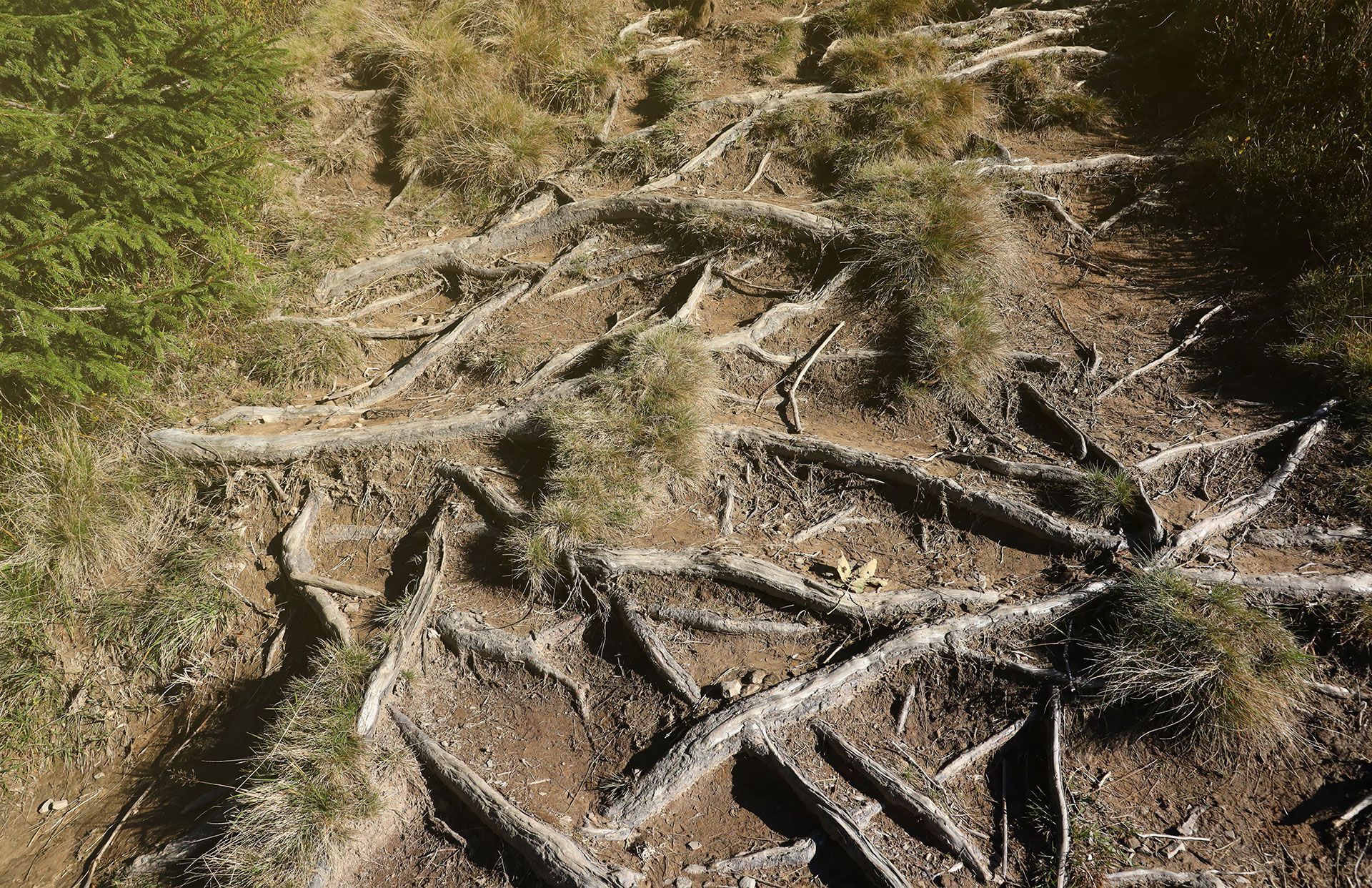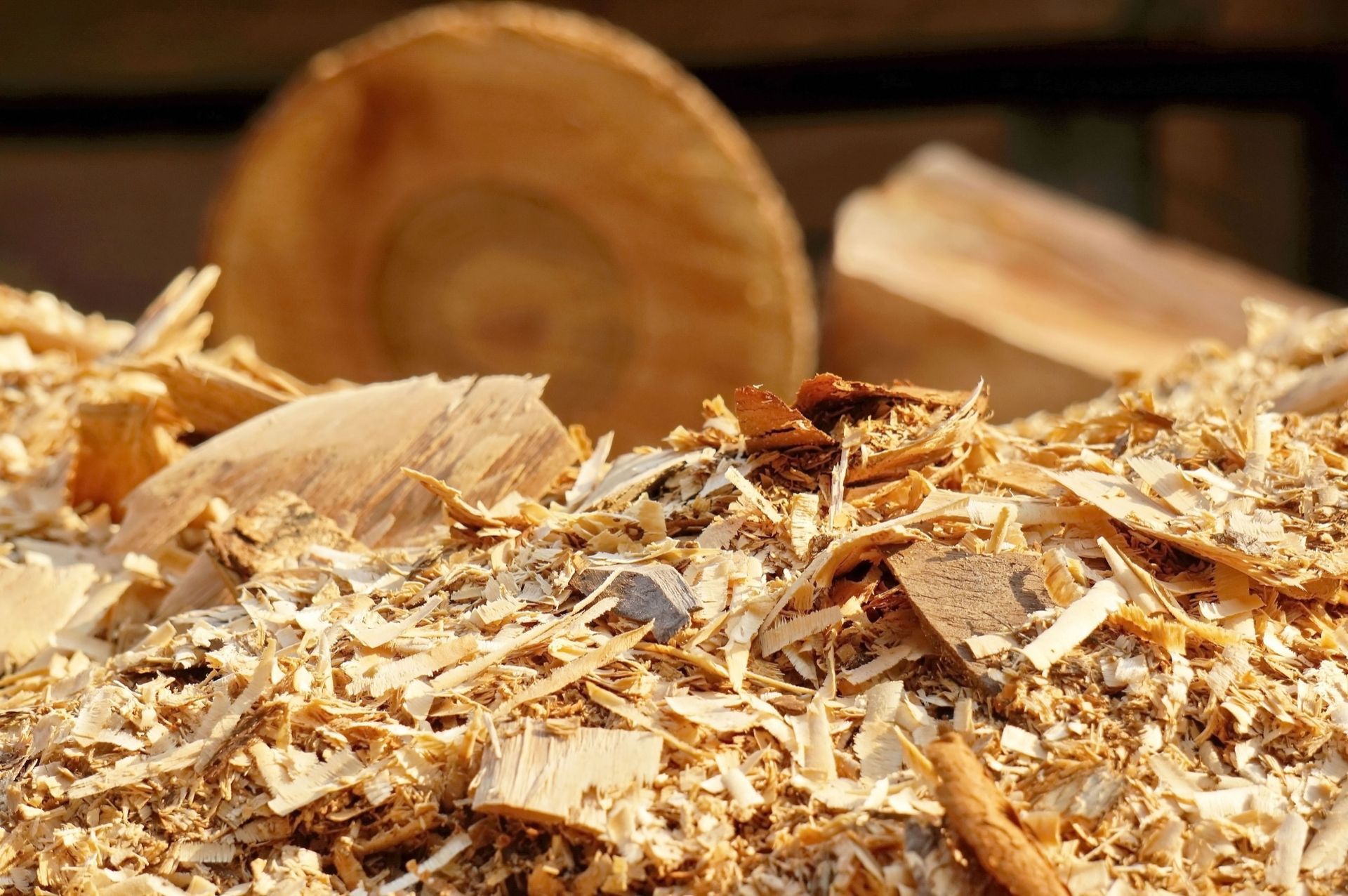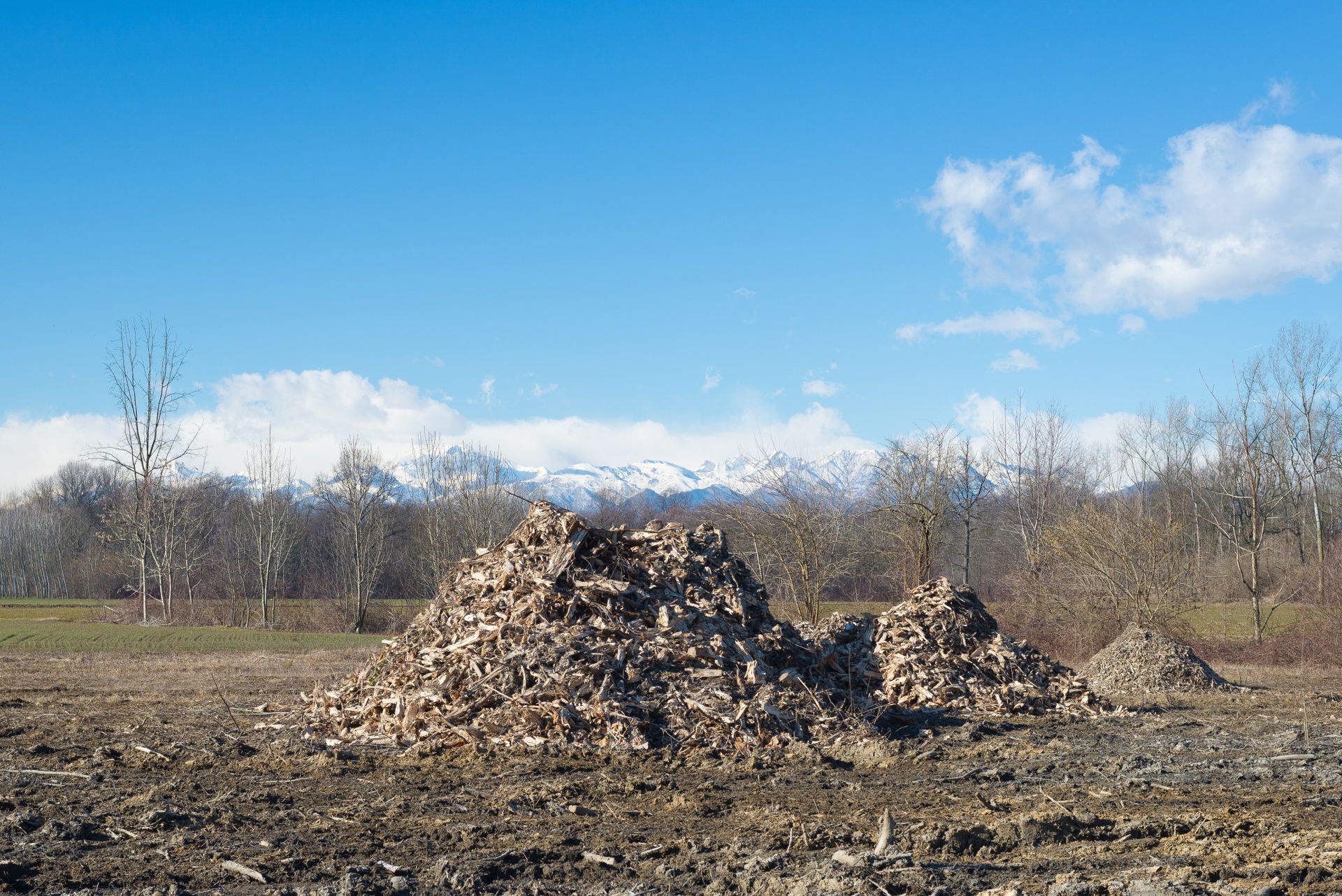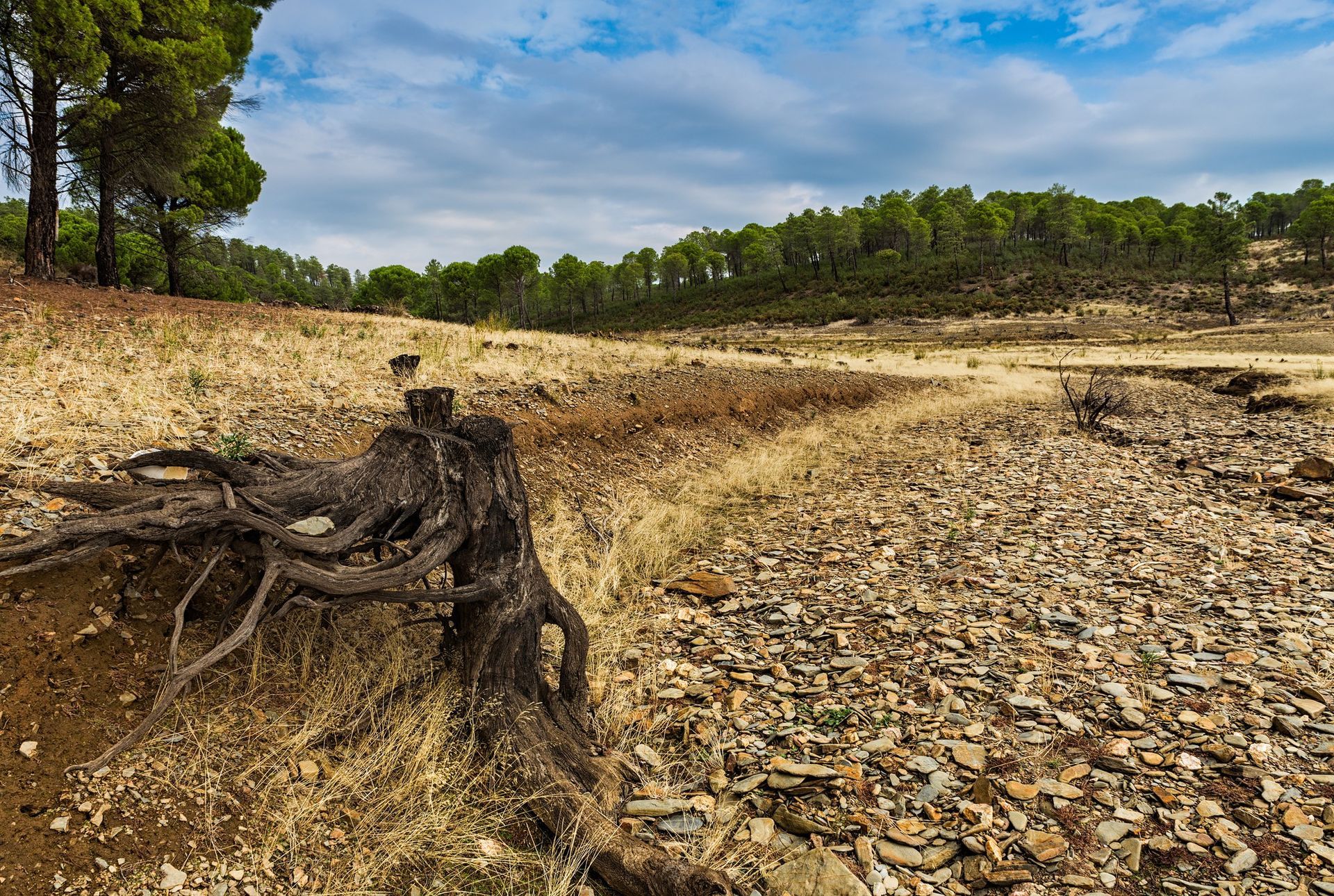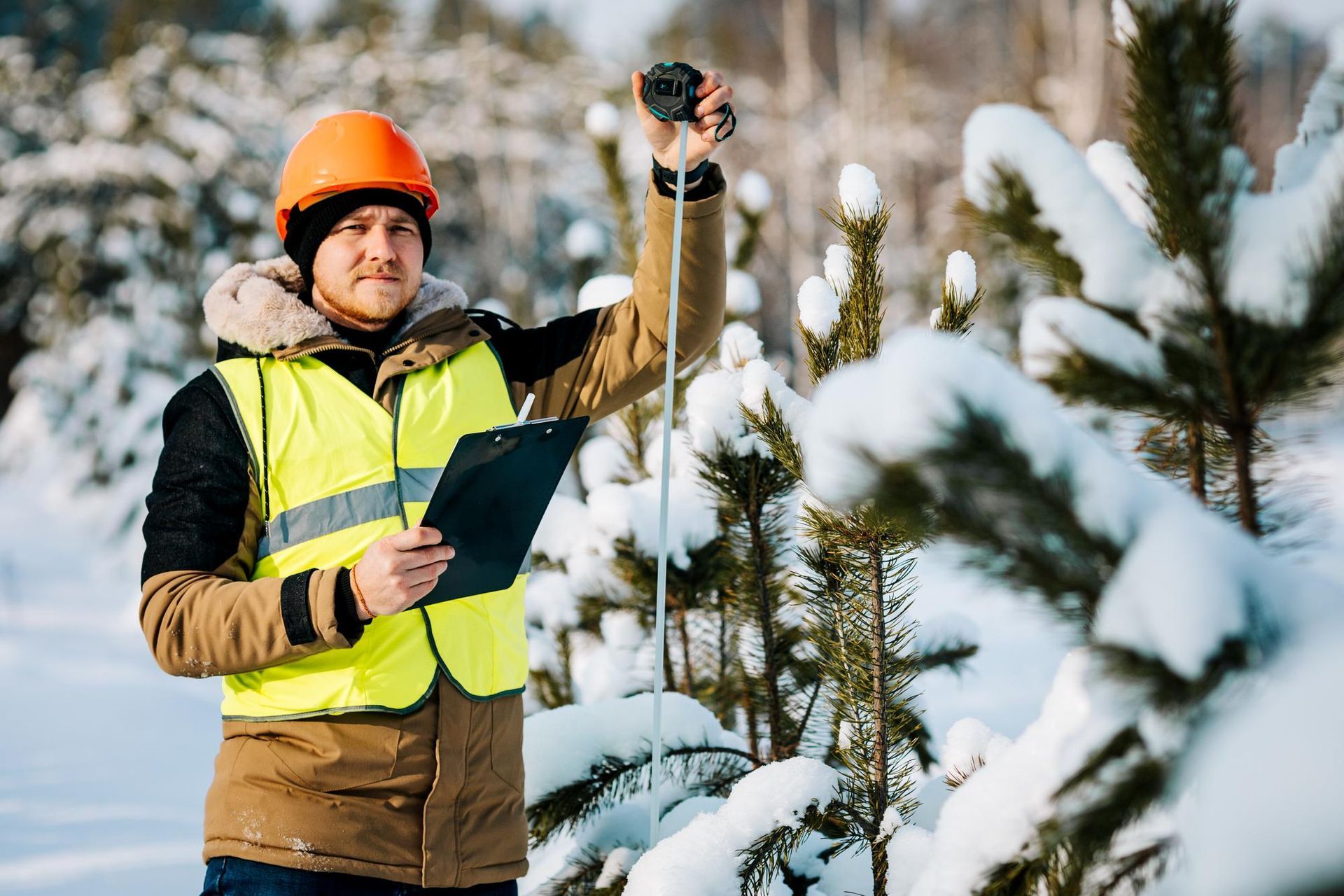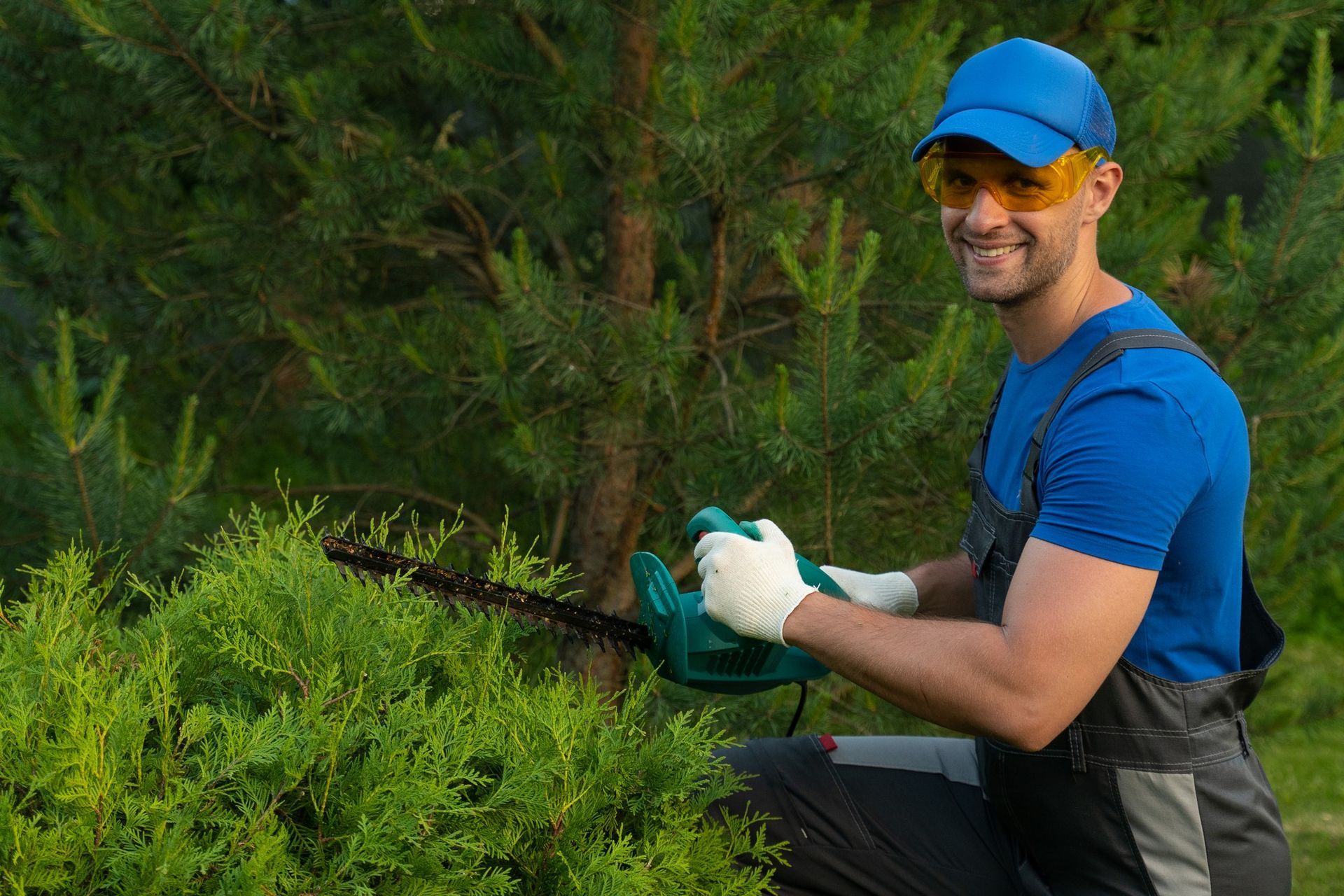The Hidden Dangers of DIY Tree Removal: Insights from a Professional Tree Services Company
In recent years, the allure of DIY home improvement projects has surged, with many homeowners tackling everything from minor renovations to significant undertakings like tree removal. This enthusiasm is often driven by the desire to save money and the satisfaction of personal accomplishment. However, when it comes to tree removal, the risks involved cannot be overstated. The complexity and inherent dangers of this task make it a poor candidate for a DIY project. A professional tree services company brings not only the necessary expertise but also the specialized equipment required to safely and effectively remove trees. The importance of professional expertise in tree removal cannot be emphasized enough. Without the right skills, tools, and understanding of safety protocols, homeowners are exposed to significant risks, including personal injury, property damage, and legal liabilities. Turning to a reputable tree services company can mitigate these risks, ensuring that tree removal is conducted safely and efficiently.
Understanding the Risks
The undertaking of tree removal by individuals without professional training and equipment is fraught with the potential for physical injuries. The most common hazards include falls from significant heights, which can occur when attempting to climb a tree or use ladders unsafely. Moreover, the use of chainsaws and other cutting tools without proper training or protective gear can lead to severe cuts or lacerations. These injuries can range from minor to life-threatening and often arise from a lack of understanding of the tree's structural integrity, incorrect use of tools, or inadequate safety measures.
Beyond the risk of personal injury, DIY tree removal can lead to substantial property damage. Trees or branches that are not securely and strategically cut can fall unpredictably, causing damage to homes, vehicles, and other structures on the property or neighboring properties. The precision required to ensure a tree falls in the intended direction is a skill honed by professionals over years of experience. Without this expertise, homeowners risk causing damage that could cost thousands to repair, far outweighing the cost of hiring a professional tree services company.
Legal and financial repercussions are another critical consideration. When a tree or branch falls and damages neighboring properties, the individual performing the DIY removal can be held legally responsible for the damages. This liability extends to local flora and fauna; for example, if a protected species is harmed during the process, the repercussions can include fines or legal action. Most homeowner insurance policies do not cover damages resulting from DIY tree removal, as it is considered an avoidable risk taken by the homeowner. This lack of coverage means that any costs incurred for repairs, legal fees, or fines will be out-of-pocket expenses for the homeowner.
The confluence of these risks underscores the importance of engaging a professional tree services company for tree removal tasks. Professionals are not only trained to avoid such hazards but are also equipped with the necessary safety equipment and liability insurance to protect against unforeseen damages or injuries. This professional approach mitigates the risks to personal safety, property, and financial well-being, providing peace of mind that the job is done safely and correctly.
Technical Challenges of Tree Removal
Professional arborists from a tree services company possess the expertise to meticulously assess a tree's health and structural integrity, which is a critical first step in determining the safest and most effective removal approach. This assessment involves evaluating signs of disease, decay, and the stability of the tree, factors that significantly influence the method of removal. Professionals use a variety of tools and techniques to gauge the extent of internal decay, root health, and the strength of major limbs, which can affect the tree's response during the removal process.
The impact on surrounding vegetation is also a crucial consideration for professionals when planning tree removal. Trees are integral components of their ecosystems, providing shelter, nutrients, and support to a host of other plants and wildlife. A professional tree services company takes care to minimize the disruption to the surrounding area, ensuring that the removal process does not harm nearby plants, disturb soil stability, or negatively impact local wildlife habitats. This careful approach helps preserve the overall health and balance of the garden or landscape.
The complexity of safe tree removal techniques cannot be overstated. Professionals employ controlled cutting methods, which involve strategic cuts and the use of ropes and rigging systems to guide the direction in which tree sections fall. This level of control is essential in preventing damage to nearby structures and vegetation. Moreover, professionals have access to specialized equipment such as cranes, stump grinders, and wood chippers, which facilitate the safe and efficient removal of trees, regardless of their size or location. These sophisticated techniques and tools underscore the complexity of tree removal and the importance of entrusting this task to experienced professionals.
The Value of Professional Expertise
The proficiency and experience of professionals in the tree services industry are paramount, providing them with the capabilities to manage intricate removals with a high degree of safety. This expertise is not gained overnight but through rigorous training and years of hands-on experience. Professionals in this field are well-versed in understanding the complex biology of trees, the dynamics of their growth patterns, and the best practices for their safe removal. This knowledge is crucial, particularly when dealing with trees that are diseased, dying, or positioned in challenging locations. It ensures that removal is conducted in a manner that minimizes risk to both the individuals involved and the surrounding property.
Equally important is the specialized equipment that professionals bring to the task. Unlike the basic tools that might be found in the average homeowner's shed, professional tree services companies invest in high-grade equipment. This includes heavy-duty chainsaws, cranes for reaching high branches, stump grinders, and safety gear designed specifically for tree removal. Such equipment not only enhances the efficiency of the removal process but also significantly reduces the risks associated with tree removal.
Lastly, the aspect of insurance and liability cannot be overstated. When homeowners hire a professional tree services company, they are not just paying for the removal of a tree but also for the peace of mind that comes with comprehensive insurance coverage. This coverage is crucial, as it protects the homeowner from being liable for any potential damages or injuries that might occur during the removal process. In the event of an unforeseen incident, the company's insurance will cover the costs, thus shielding the homeowner from potentially significant financial burdens. This level of protection is a key advantage of opting for professional services over DIY attempts at tree removal.
Case Studies
In one notable instance, a homeowner attempted to remove a large oak tree from their backyard. Lacking proper equipment and underestimating the tree's weight and fall trajectory, the tree unexpectedly fell towards the house, causing significant roof damage and shattering several windows. The repair costs soared into the thousands, far exceeding the expense of hiring professionals.
Contrastingly, a professional tree services company was called to a similar situation, where a sizable, unstable tree threatened a residential property. The professionals conducted a thorough assessment, utilizing cranes and precision cutting techniques to dismantle the tree piece by piece. This controlled removal ensured the safety of the property, the homeowners, and the team involved, with the area left clean and undamaged.
Another DIY mishap involved a homeowner cutting down a tree that inadvertently fell onto a neighbor's property, damaging a fence and a cherished garden. This incident led to legal disputes and strained neighborly relations, alongside the financial burden of repairs and legal fees. In a parallel scenario, a professional team was enlisted to remove a boundary-line tree. Through careful planning and communication with both property owners, the tree was safely removed without incident, showcasing the value of professional expertise in managing potentially contentious situations.
Conclusion
Throughout our discussion, we've illuminated the considerable risks and complexities associated with DIY tree removal, including the potential for personal injury, property damage, and legal complications. The expertise of professionals, equipped with specialized training and tools, stands as a crucial safeguard against these dangers. The contrast between DIY mishaps and the successful outcomes of professional intervention underscores the value of entrusting tree removal to experts.
Big Mountain Tree Service, based in Columbia Falls, MT, embodies this professional excellence. With a team of seasoned experts, state-of-the-art equipment, and comprehensive insurance coverage, they offer peace of mind and guarantee the safe, efficient handling of your tree removal needs. Whether it's assessing tree health, navigating the removal process with precision, or ensuring the safety of all involved, Big Mountain Tree Service is committed to delivering top-tier service.
Don't let the potential risks of DIY tree removal compromise your safety or property. For expert advice and reliable service, reach out to Big Mountain Tree Service at 406-261-2042. Entrust your tree removal tasks to the professionals and enjoy the peace of mind that comes with knowing your property is in skilled hands.
